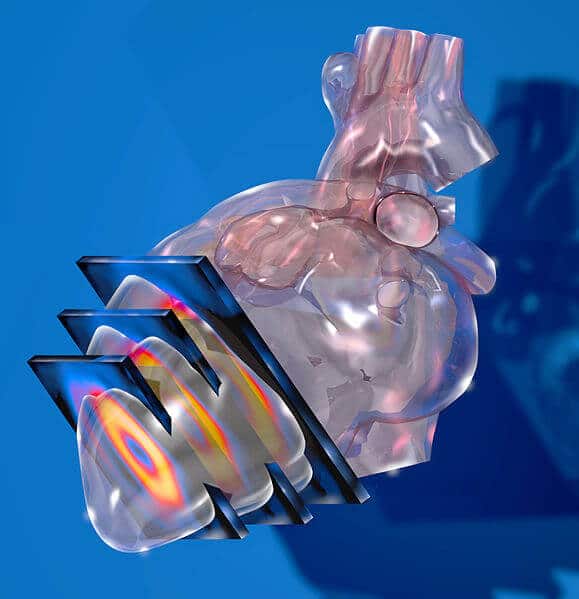Scientists have reprogrammed normal heart cells into a beating heart, making them become a biological pacemaker inside the body

Put your palm for a moment on your chest, on the left side. Feel the heartbeat? For your sake, I hope so. It is one of the most amazing organs in the body: the only muscle that works every second, every hour and every day from birth to death. Every time it contracts, it pumps the blood through the body like a pump. The rate of contractions is determined by cells called 'pacemaker cells', which signal the other muscle cells around them to contract at the right moment.
The first artificial pacemaker in history. Source: Prof. Marco Torina.
The first artificial pacemaker in history. Source: Prof. Marco Torina.
What happens if the pacemaker cells fail to perform their function? In this case, the doctors and biomedical engineers are called, and a type of electronic clock is implanted - an artificial pacemaker - which regulates the heart's activity. This is an operation that is not simple and accompanied by risks, and the body itself tries to reject the foreign machine from it. And if that's not enough, the artificial pacemaker tends to break down too easily, and has a limited duration of operation before the battery runs out. Obviously, this is not an optimal way of treatment.
But what if we could create a biological pacemaker?
A group of researchers from the Kidder-Sinai Heart Institute recently developed a virus capable of attacking normal heart cells and turning them into 'pacemaker cells'. The virus carries a gene known as Tbx18, and inserts it into the heart cells. The cells are tempted to integrate the new gene into their genetic code, and in a completely inexplicable way, undergo a dramatic change as a result: they reduce their width and thickness, become thinner and acquire the ability to guide the other cells around them on how and when to contract. In other words, they become 'pacemaker cells'.
The virus was first tested on guinea pigs suffering from heart contraction irregularities. The researchers injected it directly into the bodies of the small rodents, and it was able to reach the right areas of the heart and turn some of the cells into living biological pacemakers. Five of the seven treated guinea pigs regained regular and natural heartbeats, without implanting an artificial pacemaker.
It is important to note that biological pacemakers have already been created in previous experiments, but in this case they were created directly inside the living body and integrated into it so that it was not possible to differentiate them from the original pacemaker cells. To make the miracle happen, the researchers had to insert only one gene into the cells - a fact that may reduce the fear of damaging the reprogrammed cells.
The research indicates that we have entered a new era, in which the machines that are inserted into our bodies become biological in nature. If in the past we needed an artificial pacemaker, now we use a tiny machine - a virus - to reprogram the heart and create living machines in it: biological pacemakers. If it is proven that this is a safe programming process for humans as well, then it is possible that we will be able to abandon the electric pacemakers for sighs, and enjoy our ability to restore the mysteries of the heart and regrow the pacemakers that were lost in old age.

7 תגובות
98% of arrhythmias result from the activity of too many electrical cells in the heart and not a lack, therefore creating more electrical cells will be harmful
In most invasive treatments, the treatment is the burning of the electrical tissue
This technology may be suitable for other things
I hate the direction of these openers and the inability to think big
Amazing! It's really a shame that the article is so short on such a fascinating subject...
Hope you will continue to update about developments on the subject 🙂
Hi Roy,
How does it happen that only certain cells get infected by the virus?
Why, for example, will not all heart cells become a pacemaker?
Amazing!! Only an additional explanation is missing..